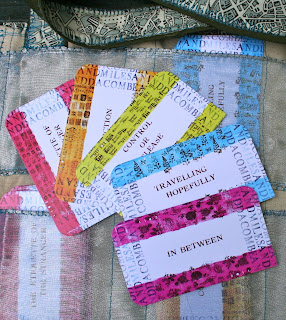It has been a while since I have managed to get down to the River Nene. So that hot October weekend, I got out my summer dress again and walked from Woodford to Denford Lock, and then Islip to Titchmarsh.
The path from Woodford takes you down a narrow walk between two fenced off fields with horses lazily munching. Faithfully I followed this path and over a stile.
It was very peaceful and still in the hot sun. Certain sounds became prominent, crows calling. In the distance the sound of the water rushing over the weir seemed to be calling me back to the river.
I followed the sound and suddenly I saw the river glistening in a gap between the trees. A sudden jolt of excitement and an audible gasp. It was just like bumping into an old friend.
I have found in my walking projects that I become very attached to the specific landscapes in which I walk. I get to know them in intimate detail and I feel a definite sense of belonging, both ways: they belong to me and I belong to them.
This walk is beautiful. You can walk right along the river's edge for quite a way, eventually coming to the weir where the river splits in two, and then on to Denford Lock.
I wandered off the path at one point, and just followed the river bank. A pretty plump rabbit saw me and stopped. I stopped. Then I walked a little more. He also moved on a bit. Then I stopped. He stopped. We continued this game for a little while until he decided I wasn't a threat and disappeared off into the hedgerow.
Across the river was a small wooden house on a pole. A birdhouse sentry. Quite odd.
Canoeists waved at me as they paddled gently, bringing back memories of the day we canoed from Thrapston to Oundle back in May, how tenderly the river seemed to hold us up.
I lost track of the Nene Way at Denford. It would have taken me on to Islip but I couldn't find it. So I turned back.
With the weather so hot it seemed like a summer day that would go on and on... but of course the sun was soon on its way down and right in front of me on my way back. The soft light made the autumn colours glow, playing across the water's ripples and illuminating the translucence of leaves. A handfull of blackberries kept me from getting too thirsty.
Approaching the bridge again, I saw a swathe of dried thistle heads, the sun light creating a glow around them, like a crowd of faces with little haloes.
Walking from Islip to Titchmarsh the next day, I started walking between lakes and the river.
Formed by the old gravel pits, the lakes are now the Titchmarsh Nature Reserve, and of course abundant with birds. I often saw a large black bird flying above, which looked like a cormorant to me. Later on, I heard a rather mournful sound, almost a weeping, from behind the trees near the lake. Having looked up the sound a cormorant makes, it did sound
just like this.
Countless swans covered a lake, as far as you could see.
You feel surrounded by water, lakes to the left and infront, the river on the right. The sailing club had a wonderful stillness today, being a hot Sunday, everything sitting quietly in symmetry with undisturbed reflections.
Again, walking back the sun was low, shadows long and the light golden. Colours seemed heightened, bright red thorns against the blue sky.
The weekend had been all about light, the sun bringing alive the leaves, water, shadows, a sense of stillness only animated by the ever changing play of light as the sun gently lowered behind the horizon.



































